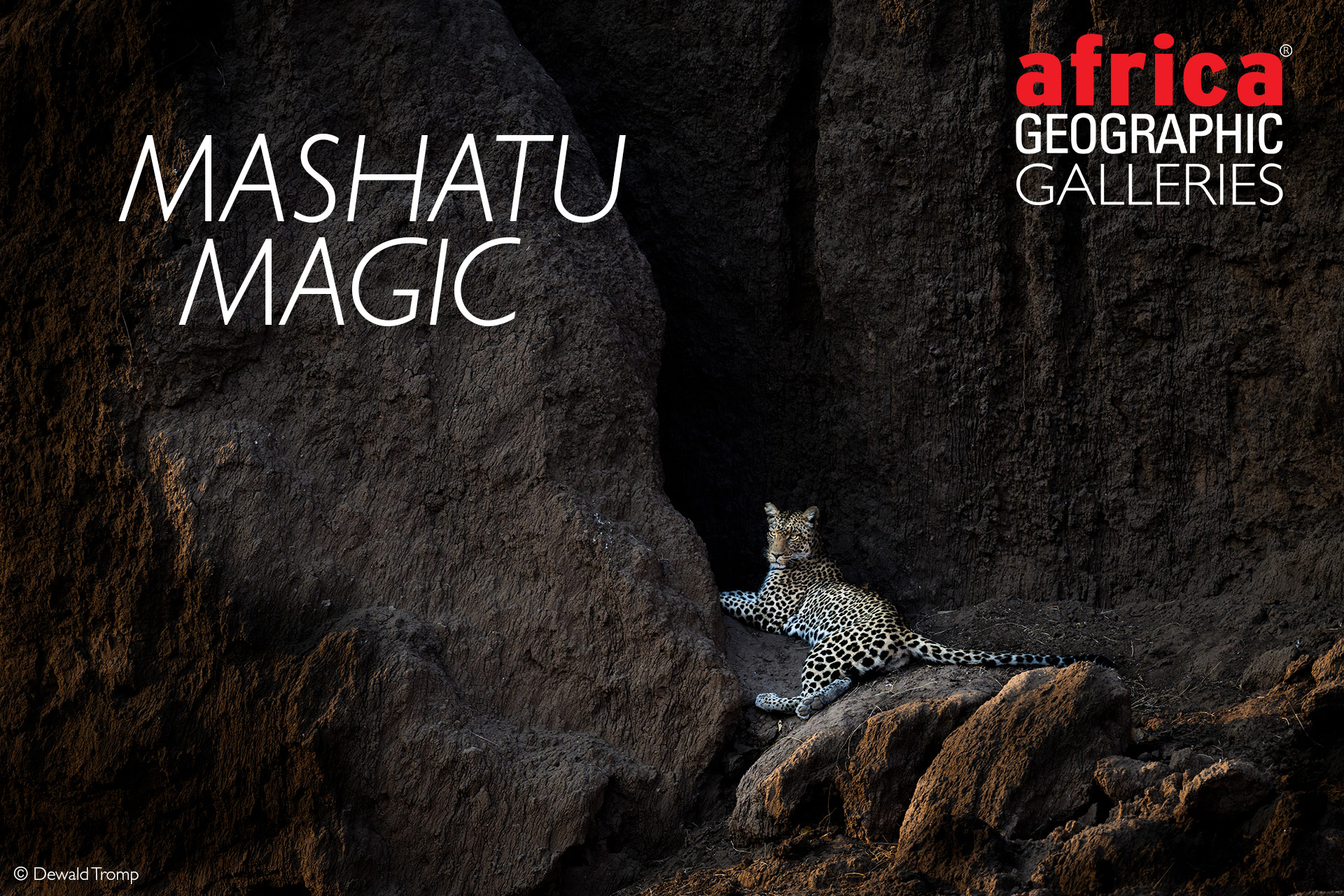
Photo gold in Botswana's Tuli Block


My favourite moment in Botswana’s Mashatu Game Reserve was spending time with two magnificent male lions lurking on a rocky ridge high above the arid landscape below. They were new to the area and keeping a low profile – not keen to let the dominant pride males know of their presence. Our tracker, Goms, had somehow spotted the mohawk of one of the lions as we trundled along a bush track far below. These huge muscular specimens were about three years old – dispersed from their natal pride to seek their own territory and breeding rights. They were feral yet noble, and something about that steely look in their eyes told me that the new kings had arrived.
We also spotted six leopards in the first two days, a cheetah mom and her adolescent cubs on a kill, hyenas and many lions. We marvelled at huge blue-grey eland bulls going clickety-clack and even larger elephants as the herds sought water in this, the late dry season of September 2023. And we savoured rusks and early morning coffee under riverine canopies of Mashatu, sycamore fig, ana, boerbean and leadwood trees as Meyers parrots screeched hysterically overhead. We also enjoyed the most spectacular underground photographic hide sessions where the only way to rest the eyes was to gaze heavenward (scroll down for more about that). Safari heaven.
This was Tuli Block in southern Botswana – at its best. Lizz and I spent five glorious days here with our 2023 Photographer of the Year winners and their partners.
Cover photo: Our first game drive on a warm late afternoon delivered this beautiful female leopard resting in the shade of the Mojale River mudbank. © Dewald Tromp
 Keen to head onto your own trip to this epic safari destination? Check out our safaris to Tuli Block here. We have ready-made safaris to choose from or ask us to build one just for you.
Keen to head onto your own trip to this epic safari destination? Check out our safaris to Tuli Block here. We have ready-made safaris to choose from or ask us to build one just for you.

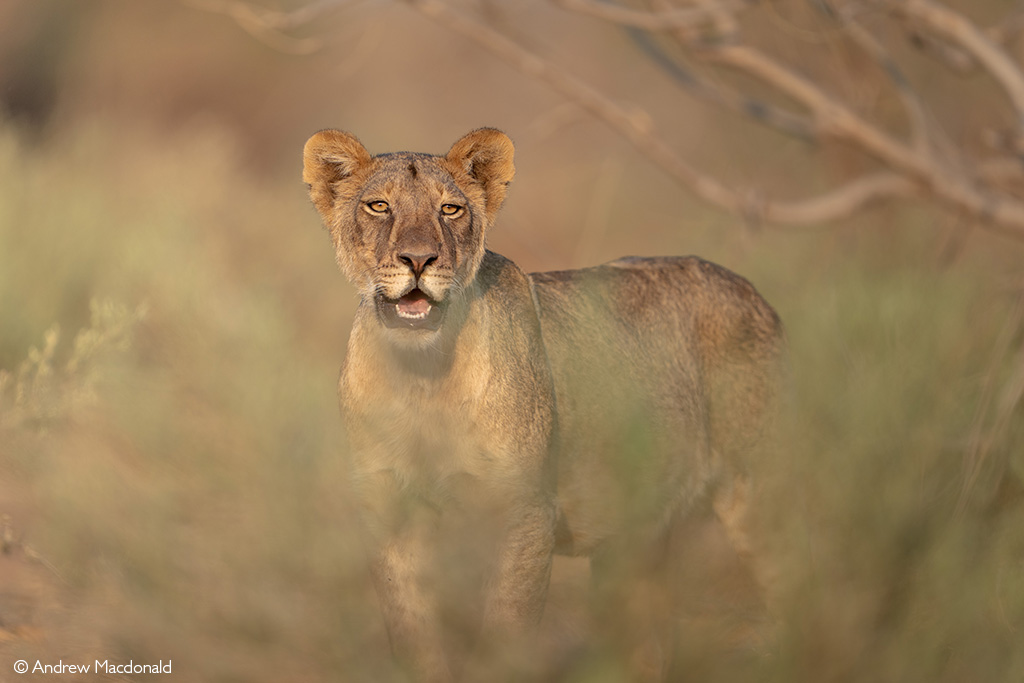

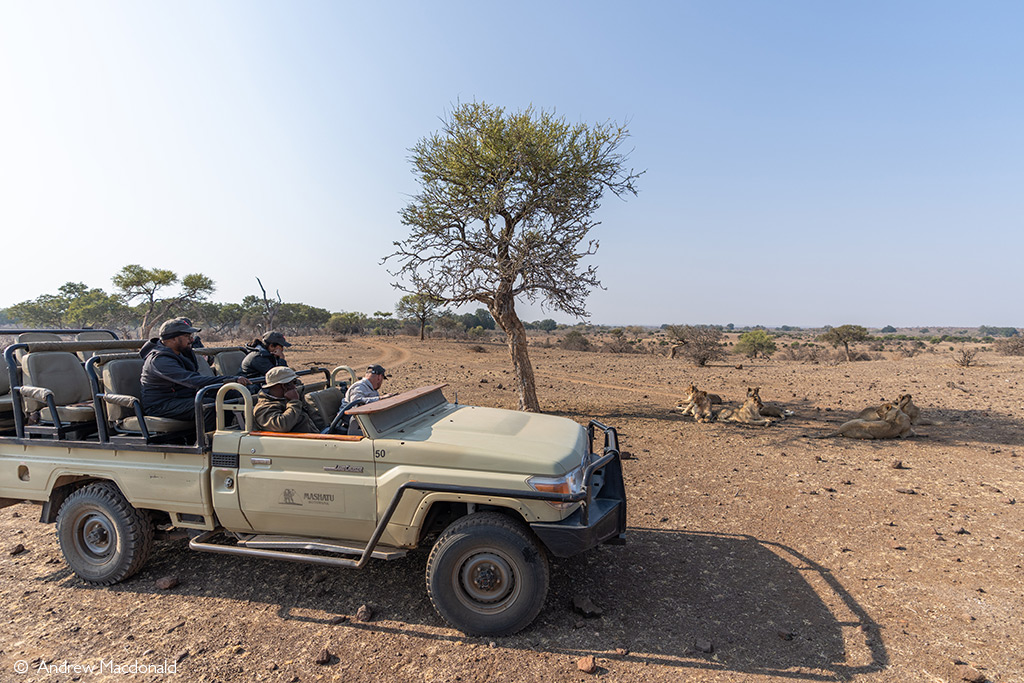


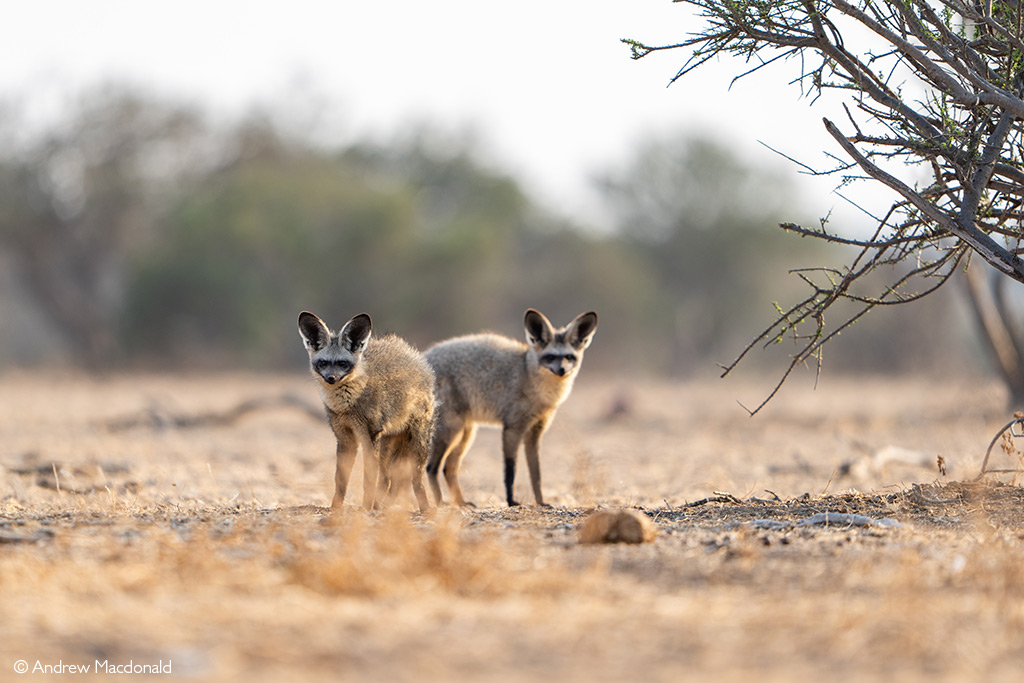

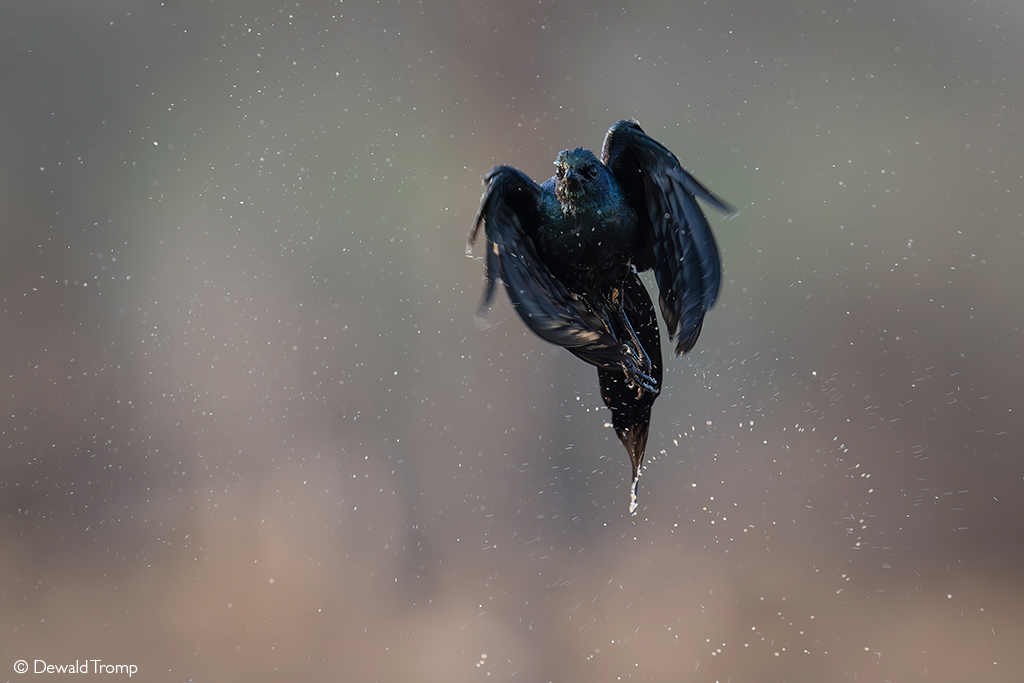


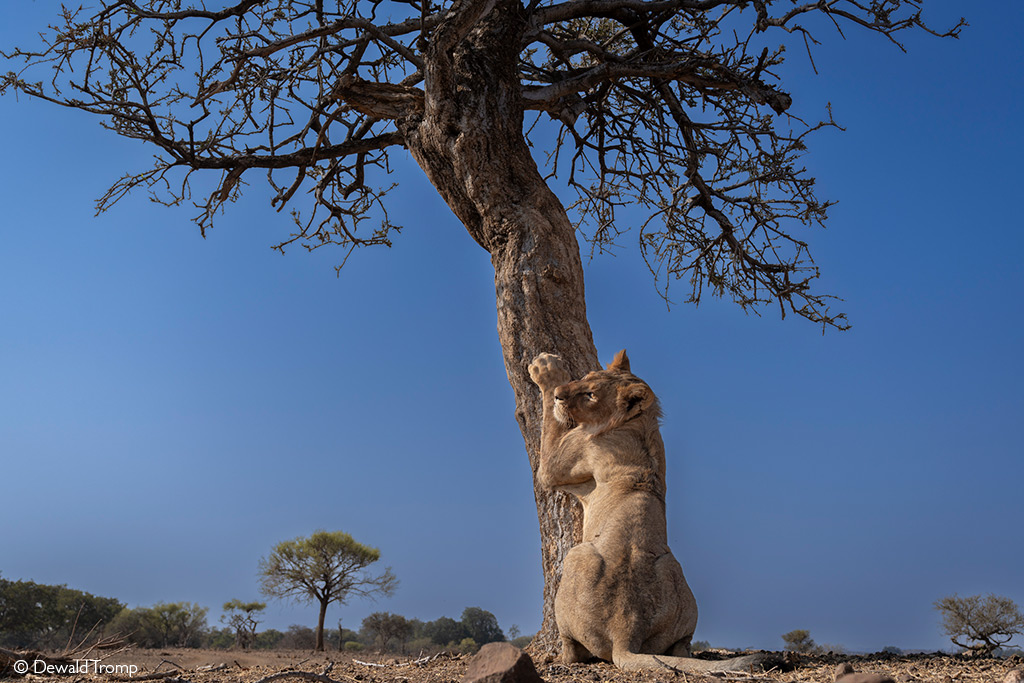
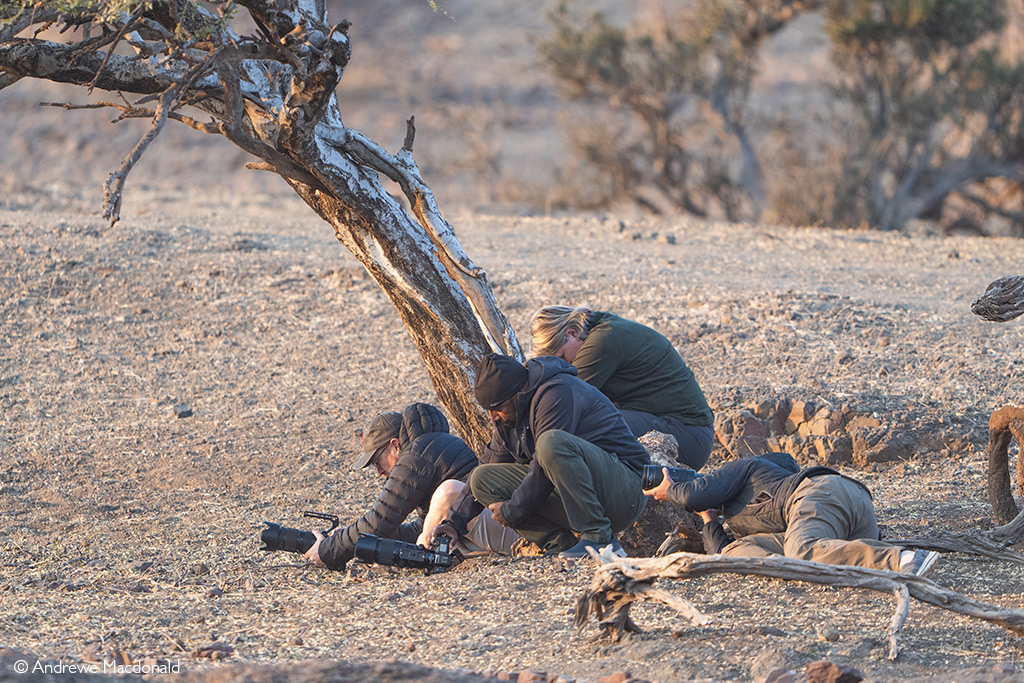
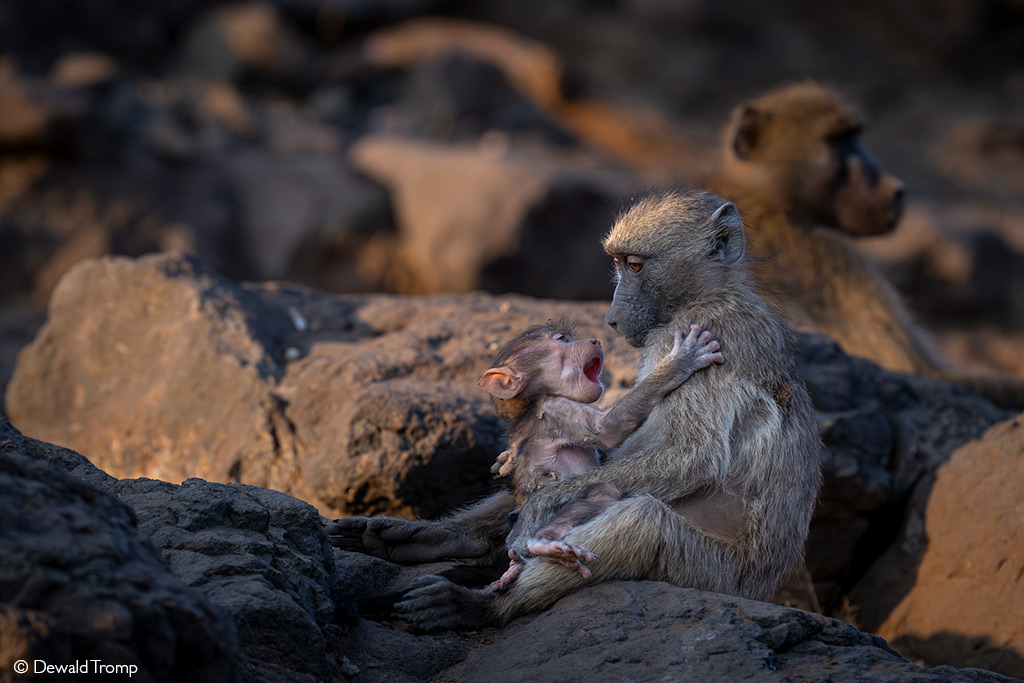
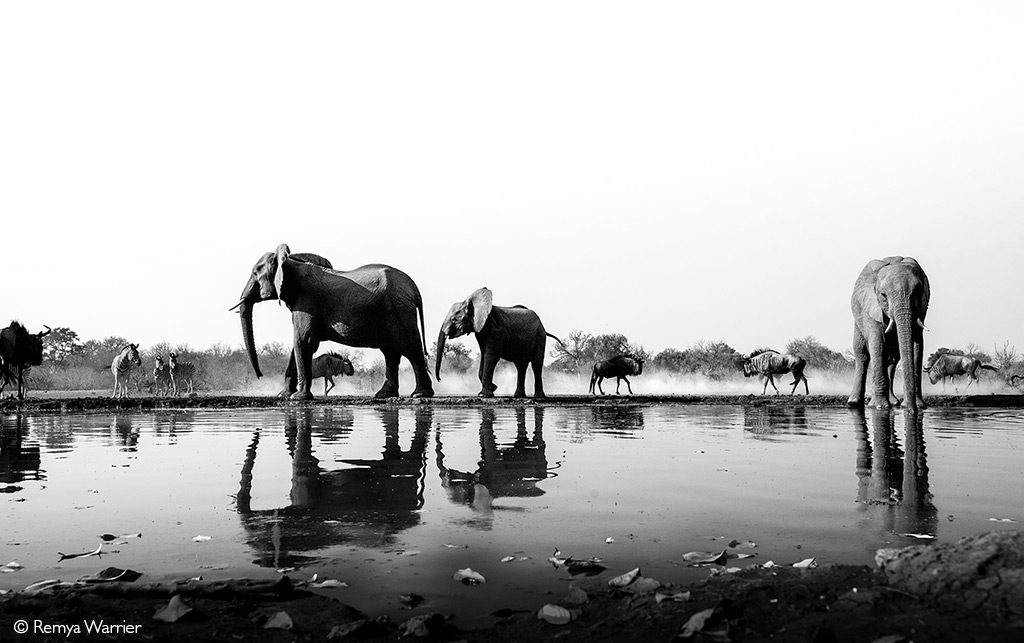

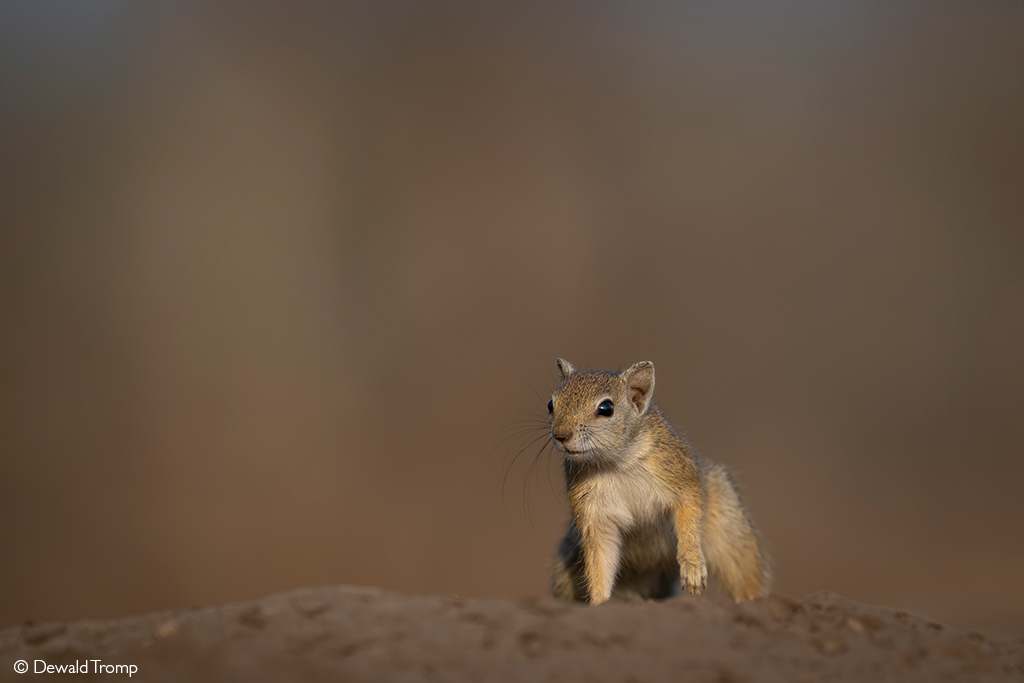
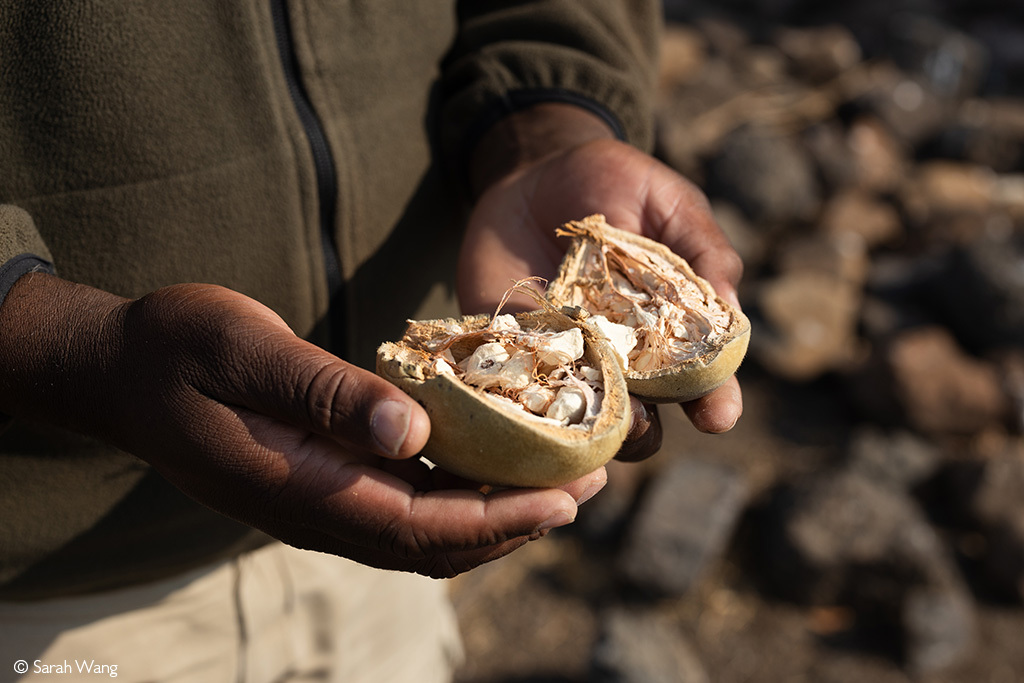
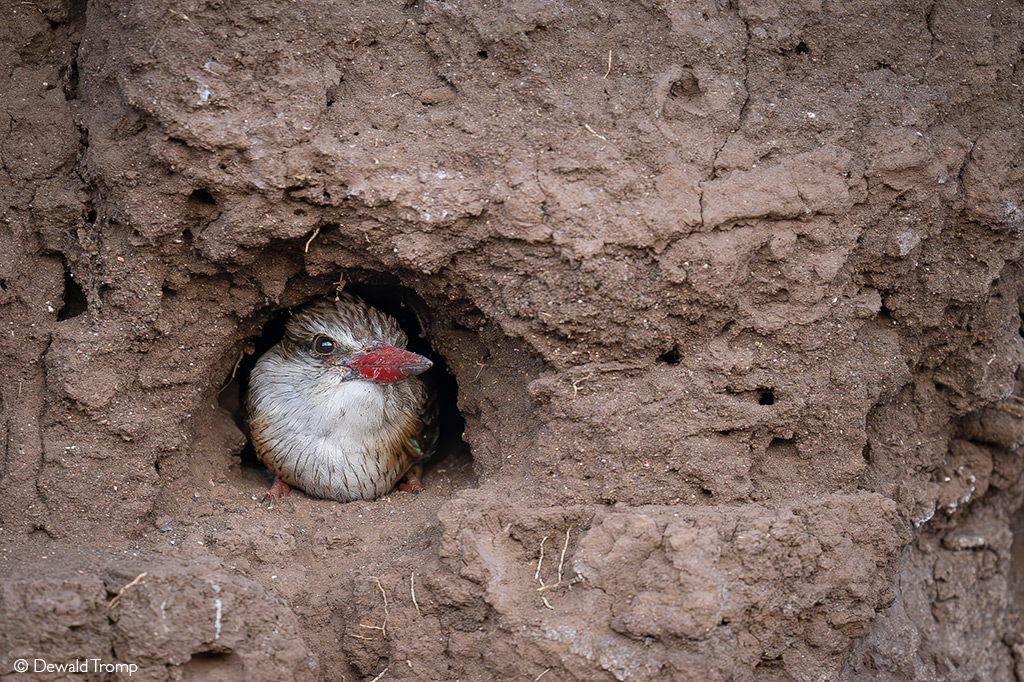
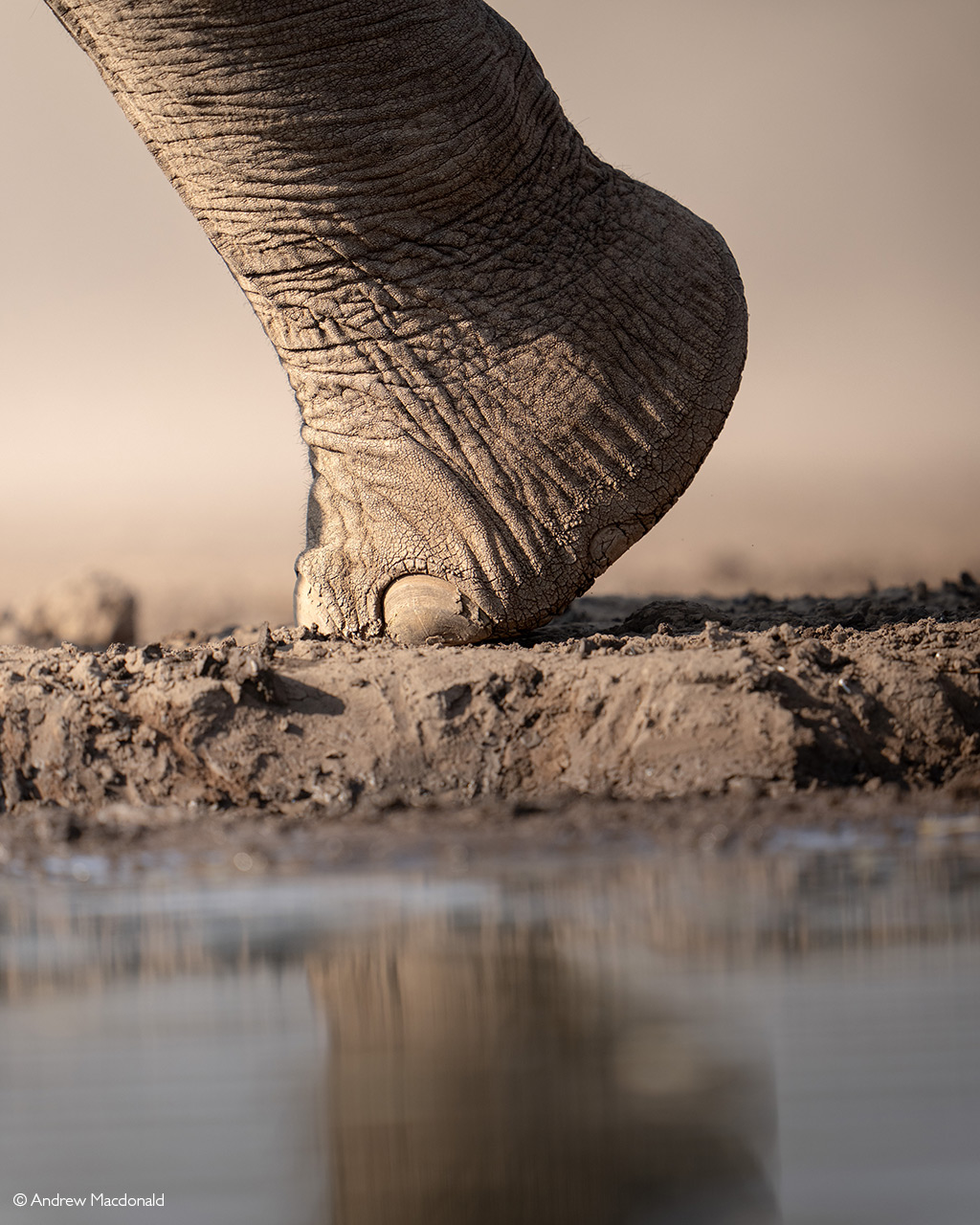
Underground photo hide
During our five days at Mashatu, we spent afternoon and morning sessions at the Mashatu Photo Hide. I attended as a non-photographer – armed with a mobile phone only. Both sessions were spectacular, but the morning session produced the most prolific wildlife encounters. The ground-level photos above were taken during these sessions, giving you an idea of the intimacy of the encounters. For an even better idea of what to expect, watch this excellent video by one of our crew – professional photographer Andrew Macdonald.
We sat in awe as squadrons of wildlife arrived, drank and left – vast herds of eland, giraffe, kudu, impala, zebra and wildebeest. We also enjoyed ogling green pigeons with their bright yellow socks, held our collective breaths as a pearl-spotted owlet worked the flocks of lark-like buntings and marvelled at the restless energy as wave after wave of queleas clambered over each other like a plague of mice. Usually, an alarm snort would scatter the crowds, and the resultant temporary silence seemed eternal. Then, it would start all over again as thirsty animals made their approach, gathering confidence as others joined. The elephants would then arrive to scatter the crowds and dominate the waterhole until they, too, had slaked their thirst and gone their way.
After hours of intense action, with full hard drives and aching eyes, we left to recharge our batteries with lunch or sundowners and canape nibbles. What an experience!

Our lodgings
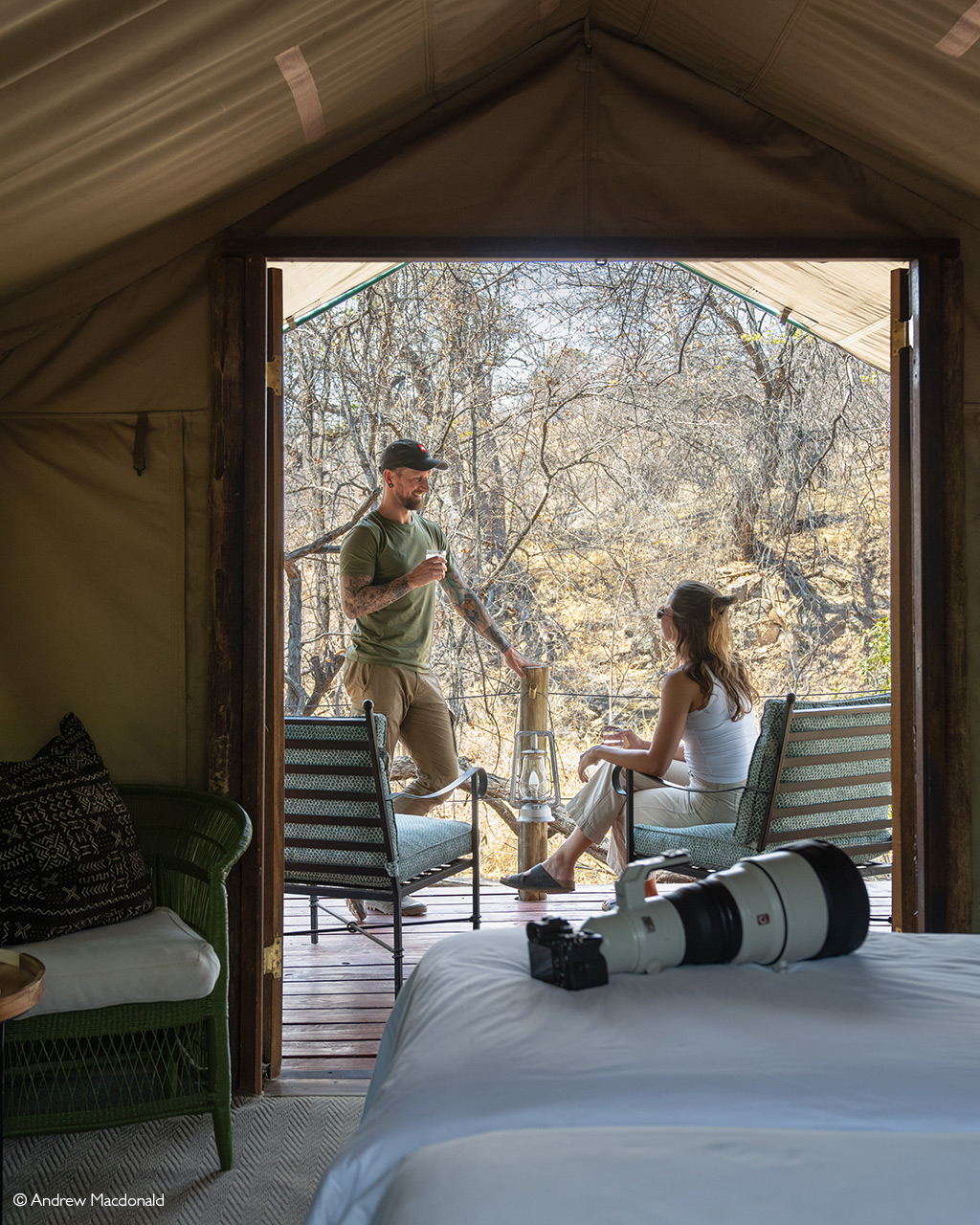
We stayed at two Mashatu lodges during our stay. Both were comfortable and offered service with a smile and superb food.
Mashatu Lodge offers 14 suites with private deck, air-conditioning, a double bed and extra-large single bed, a seating area that includes a single day bed, an en-suite bathroom with bath and shower facilities and a separate W.C. The guest common area features a day lounge, large swimming pool, the Discovery Room (a museum of all things Mashatu, past and present), dining area, Gin Trap bar and fully stocked curio shop with African crafts, clothing and jewellery. There is Wifi in the guest common area.
Mashatu Tent Camp offers eight tents tucked under the branches of shady trees, accessible via meandering pathways. Each elevated tent has private outdoor ensuite facilities, including a toilet and shower. The guest common area includes a lounge, dining and bar area plus an open-air thatched gazebo and boma (enclosure) overlooking the floodlit, well-populated waterhole (which has a small underground photo hide). The camp’s plunge pool invites guests to cool off and escape the relentless heat typical of the summer months. Wifi is available in the guest common area.
Resources
Watch Andrew Macdonald’s video on why wildlife photography hides on safari are a must-do – filmed while on our Photographer of the Year winners’ safari in Mashatu.
To comment on this story: Login (or sign up) to our app here - it's a troll-free safe place 🙂.![]()




